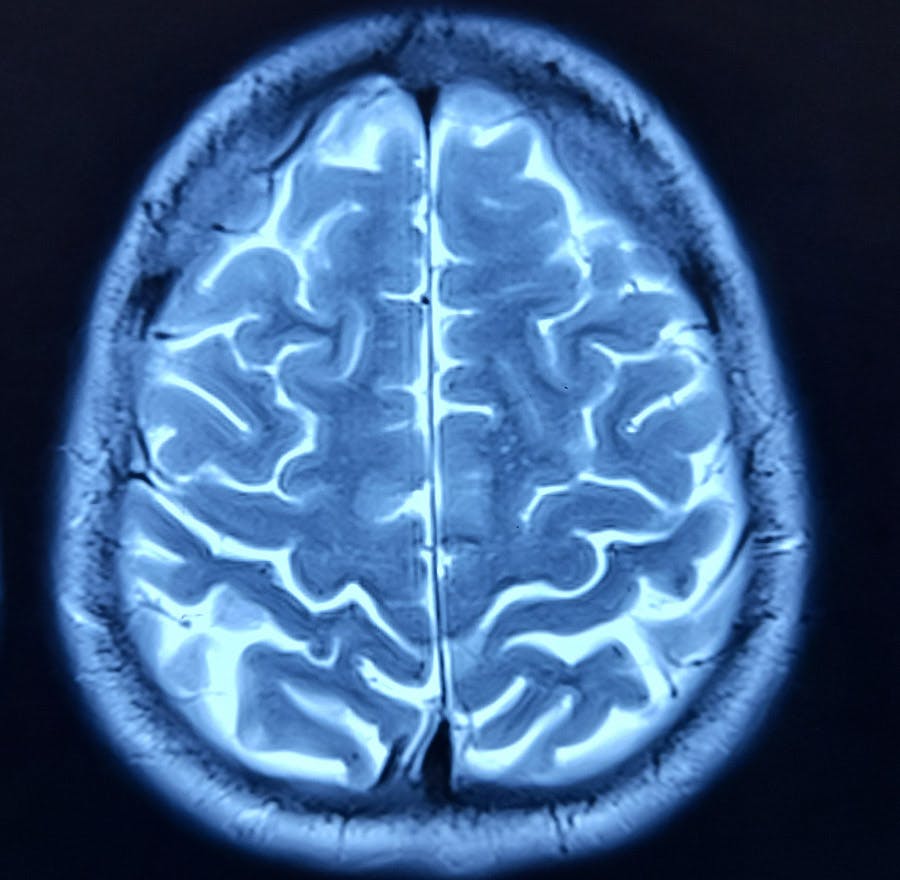If you're struggling with persistent back or nerve pain and conservative treatments haven't provided sufficient relief, California Neurosurgical Institute offers cutting-edge spinal cord stimulator (SCS) therapy that could make a difference in managing your symptoms.
Managing Spinal Pain Symptoms
Spinal cord stimulators are effective in managing various conditions related to chronic back and nerve pain, including:
- Chronic Back Pain: Persistent pain in the lower back that has not responded to other treatments.
- Nerve Pain: Pain caused by nerve damage or compression, often resulting from conditions like diabetic neuropathy or postherpetic neuralgia.
- Failed Back Surgery Syndrome: Pain that continues or recurs after previous spinal surgeries.
- Complex Regional Pain Syndrome: A condition characterized by severe, continuous pain often affecting the limbs.







